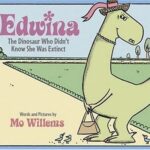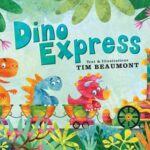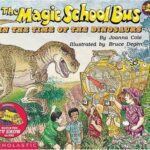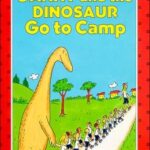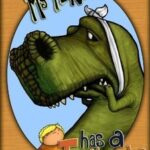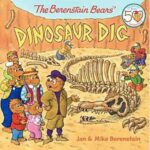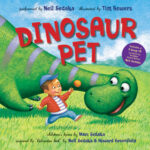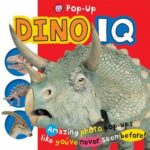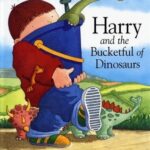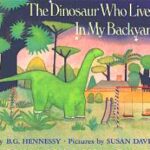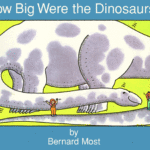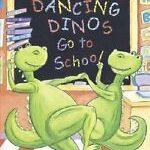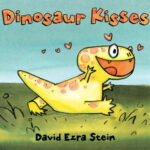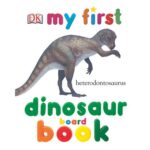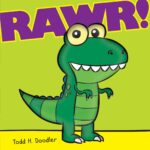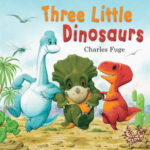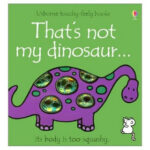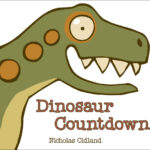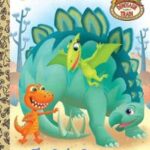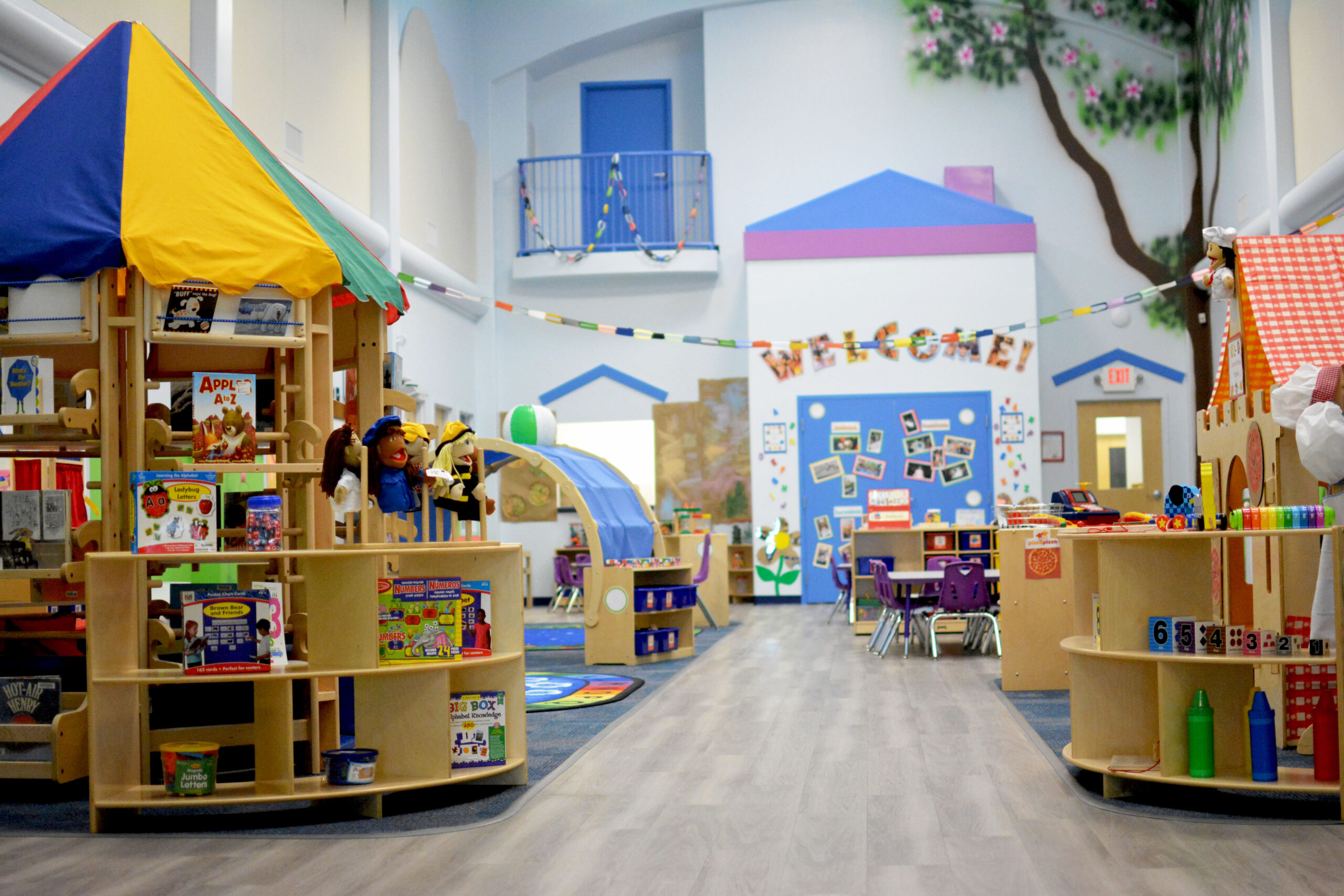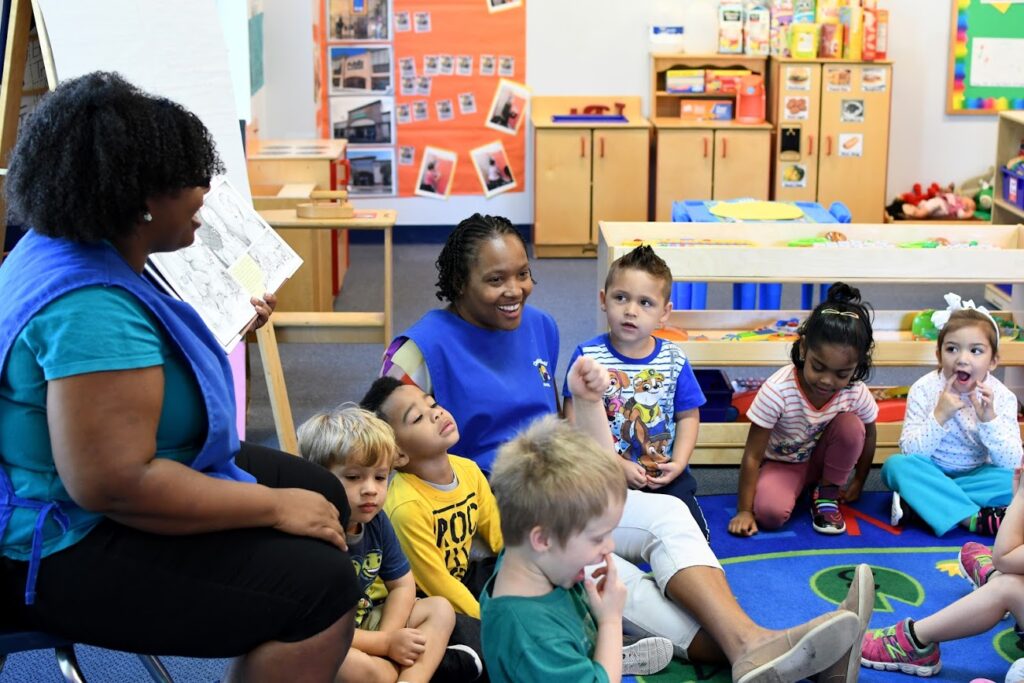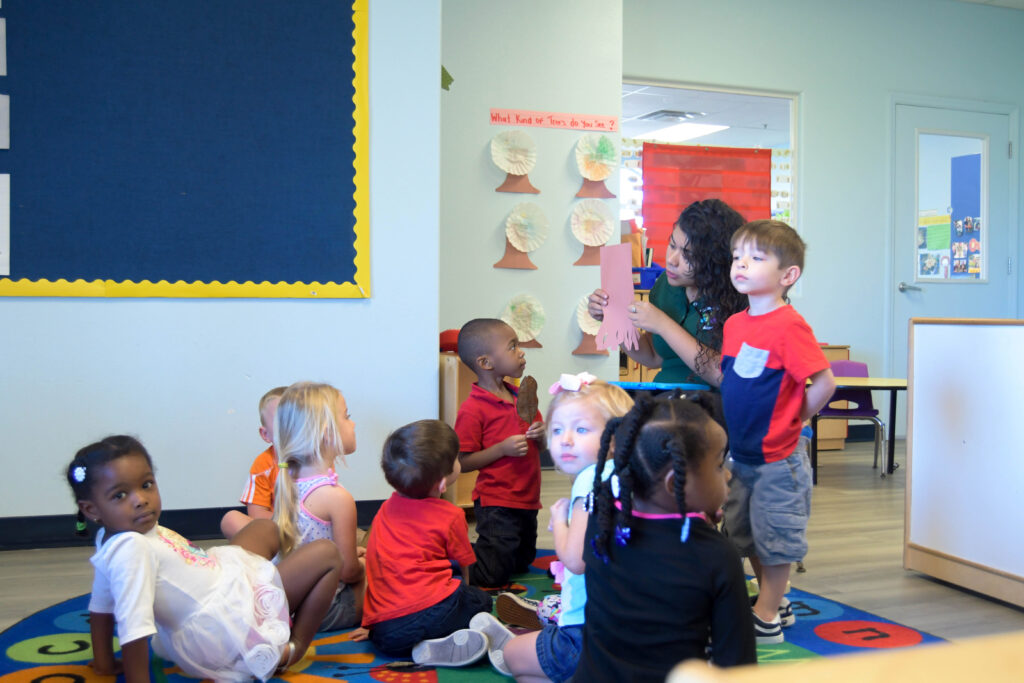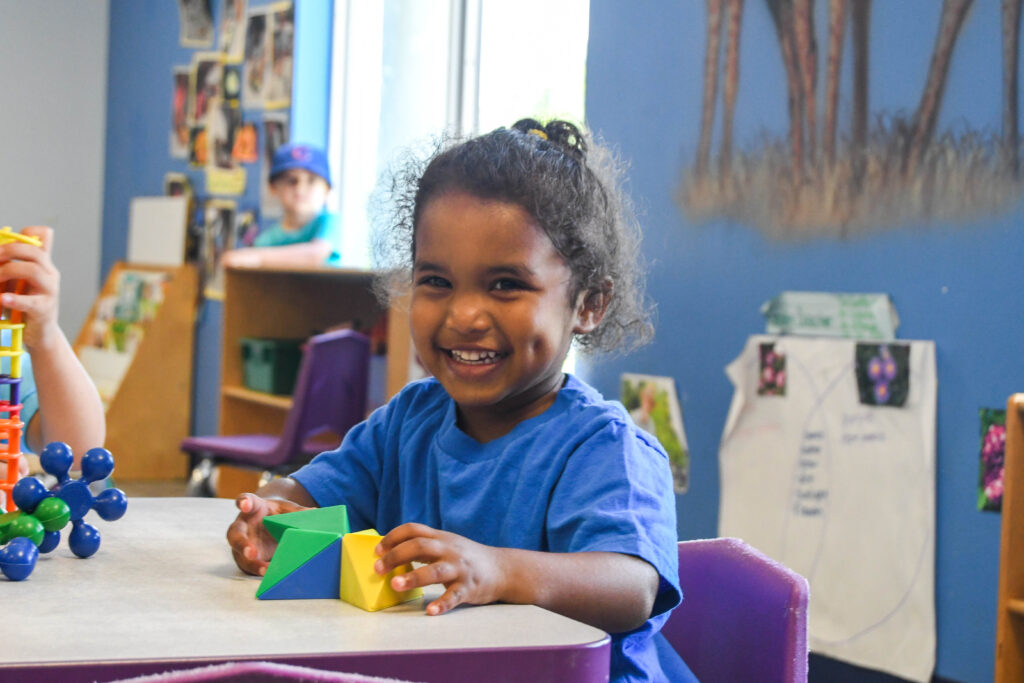
Dinosaur Activities for Kids
Creative world school Mar 26, 2019Each month we feature a special event day. During March, we will celebrate our dinosaur friends through creative expression and fun activities! Here are some dinosaur activities for kids: you can have your own Dino Day at home using these facts, activities, and book list:
Dino Facts:
-
- The word dinosaur comes from a Greek word that means ‘terrible lizard.’
-
- The only dinosaurs we learn about are those that left fossil remains, which was actually a very rare process. Paleontologists estimate that we only know about 28% of dinosaurs, meaning ¾ of the dinosaurs that existed are completely unknown to us!
-
- The dinosaur kingdom is split into two main groups: saurischian, or ‘lizard-hipped’ and ornithischian, or ‘bird-hipped.’
-
- Birds are the most direct living descendants of dinosaurs.
-
- Most dinosaurs were vegetarians, known as ‘herbivores.’
-
- There were three ages of dinosaurs: Triassic, Jurassic, and Cretaceous.
-
- The biggest dinosaurs were saurpods, which ranged from 165 feet long (Seismosaurus) to 100 tons heavy (Arentinosaurus).
- The dinosaur with the longest name was Micropachycephalosaurus meaning ‘tiny thick-headed lizard.
Fossil Excavation Site
Supplies: construction paper, shallow plastic bin, sand, shovels, brushes, paper, crayons, tape
With help from your child, cut various sizes of bone shapes from construction paper. Place the paper bones along the bottom of a plastic bin and cover in a layer of sand. Gather various sand play tools and brushes, and encourage your child to carefully excavate and uncover the dinosaur bones. Once they have excavated the bones, set up an area where they can classify and create their own dinosaur profiles based off their fossil find. Provide paper, tape, and crayons for them to draw and write about their dinosaur!
Dino Feet
Supplies: rectangle tissue boxes, construction paper, paint
Provide various art materials, paint, paintbrushes, and pairs of tissue boxes. Encourage your child to decorate their ‘dino feet’ with the art materials. Cut triangles from construction paper and attach to the short end of the tissue box for claws. Once the boxes are dry, let you child put on their prehistoric feet and pretend to be dinosaurs!
- Edwina: The Dinosaur Who Didn’t Know She Was Extinct by Mo Willems
- 9780762443376
- magic school bus dinosaurs
- Danny and the Dinosaur Go to Camp by Syd Hoff
- phpthumb generated thumbnailjpg
- 14120191 130207190000
- dinosaurpet 400
- t2ec16de9s2fdhdbrzmk5pf 35
- 022723
- Harry and the Bucketful of Dinosaurs by Ian Whybrow
- dinosaurbackyard
- howbig
- Dinosaurs Love Underpants by Claire Freedman
- Dancing Dinos Go To School by Sally and Margeaux Lucas
- Dinosaur Kisses by David Ezra Stein
- 1298291
- RAWR! by Todd H. Doodler
- Three Little Dinosaurs by Charles Fuge
- thats not my dinosour
- dinosaur countdown
- spiky stegosaurus andrea posner sanchez hardcover cover art





